The art of Russian nesting dolls, known as matryoshka, has long captivated collectors and cultural enthusiasts alike. These beautifully painted wooden dolls, which fit snugly inside one another, are more than just charming souvenirs—they are a symbol of Russian craftsmanship and tradition. The concept of embedding smaller dolls within larger ones is not merely a playful design choice but a reflection of deeper cultural narratives and artistic ingenuity.
Originating in the late 19th century, the first matryoshka doll was crafted by Vasily Zvyozdochkin and designed by Sergey Malyutin, a folk crafts painter. Inspired by a set of Japanese nesting dolls depicting the Seven Gods of Fortune, the Russian version quickly evolved into a distinct art form. The name matryoshka is derived from the Latin root mater, meaning mother, symbolizing fertility and familial bonds. Each doll, meticulously carved from lime or birch wood, unfolds to reveal another, creating a sense of endless discovery.
What makes these dolls truly remarkable is the precision required in their creation. Artisans must carefully hollow out each wooden shell so that it fits perfectly with its counterparts. The slightest miscalculation in thickness or diameter can render an entire set unusable. This painstaking process ensures that when the dolls are nested, they align seamlessly, with no gaps or wobbles. The craftsmanship speaks to a tradition where patience and skill are paramount.
The painting of matryoshka dolls is another layer of artistry altogether. Traditional designs often feature rosy-cheeked peasant women in vibrant sarafan dresses, their scarves adorned with intricate floral patterns. However, modern interpretations have expanded to include political figures, celebrities, and even abstract art. Each doll becomes a canvas, telling its own story through brushstrokes. The most skilled painters use fine-tipped brushes to achieve astonishing detail, sometimes requiring magnifying glasses to perfect the tiniest elements.
Beyond their aesthetic appeal, nesting dolls serve as a metaphor for layers of meaning—both in art and in life. Philosophers and writers have drawn parallels between the dolls and concepts of identity, where outer appearances conceal deeper truths. Psychologists have used them as tools to explain the idea of the self, with each layer representing different facets of personality. This multi-layered symbolism has contributed to the enduring fascination with matryoshka dolls across the world.
In recent years, the market for nesting dolls has expanded beyond Russia’s borders, with collectors seeking both antique pieces and contemporary innovations. Limited-edition sets crafted by master artisans can fetch thousands of dollars at auction. Meanwhile, cheaper mass-produced versions cater to tourists, though purists argue that these lack the soul of handcrafted originals. The debate over authenticity versus accessibility continues to shape the matryoshka trade today.
Despite modern manufacturing techniques, many artisans still adhere to traditional methods, passing down their knowledge through generations. Workshops in Sergiev Posad, the birthplace of the matryoshka, remain hubs of creativity where apprentices learn to carve and paint under the watchful eyes of seasoned masters. This commitment to preserving heritage ensures that the art form remains vibrant, even as it adapts to new influences.
The future of Russian nesting dolls lies in balancing tradition with innovation. While some artists experiment with unconventional materials or digital designs, others focus on reviving forgotten regional styles. Whether as cultural artifacts, decorative items, or philosophical symbols, matryoshka dolls continue to enchant, their hidden layers inviting us to explore ever deeper.

By Megan Clark/Apr 28, 2025
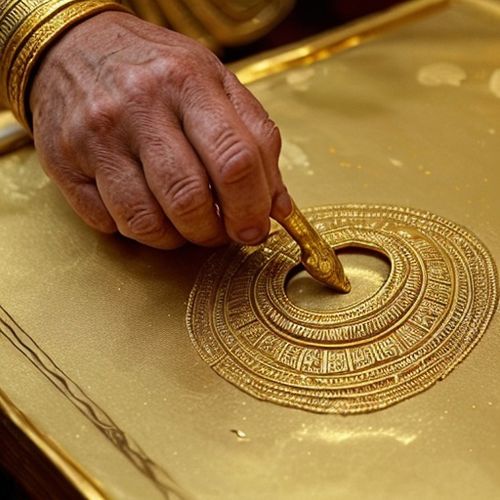
By Daniel Scott/Apr 28, 2025
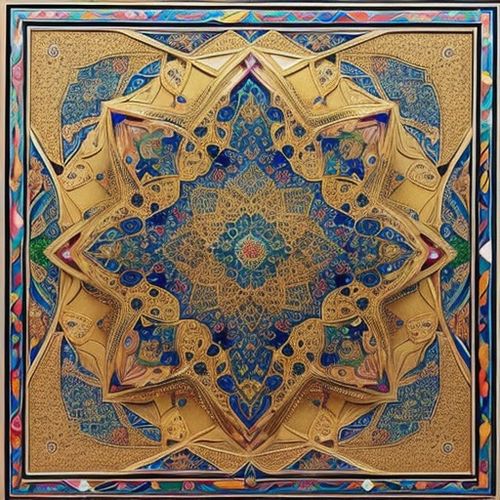
By Christopher Harris/Apr 28, 2025
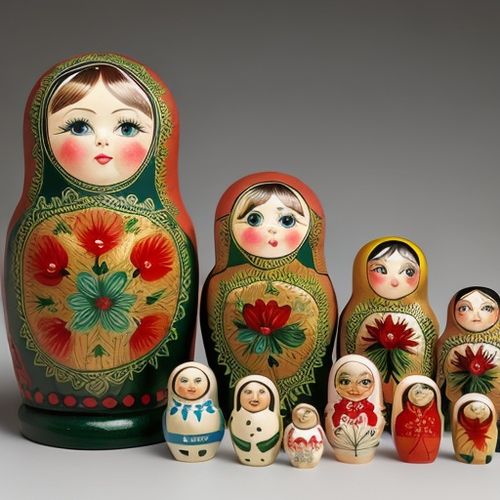
By Daniel Scott/Apr 28, 2025
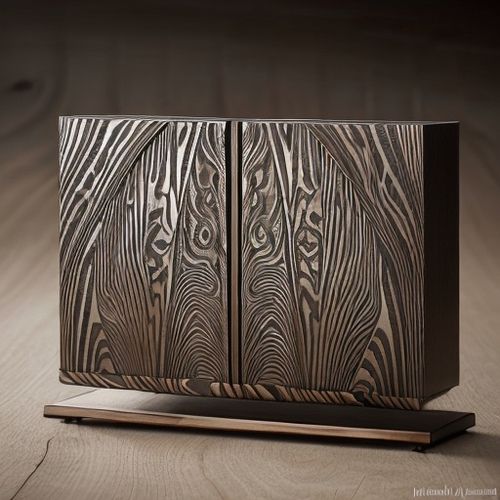
By Megan Clark/Apr 28, 2025
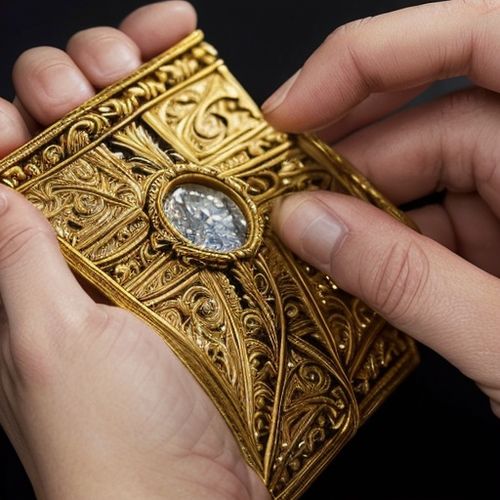
By Grace Cox/Apr 28, 2025
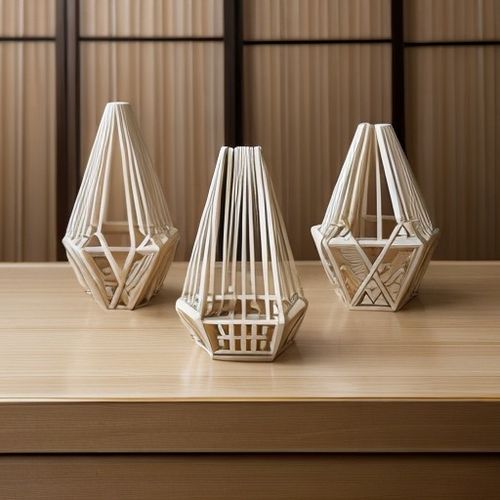
By James Moore/Apr 28, 2025

By Rebecca Stewart/Apr 28, 2025
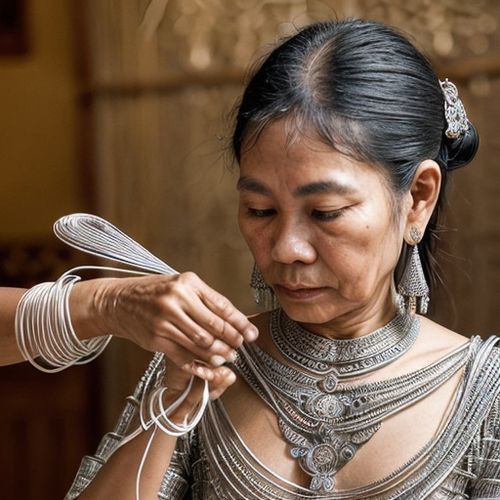
By Jessica Lee/Apr 28, 2025
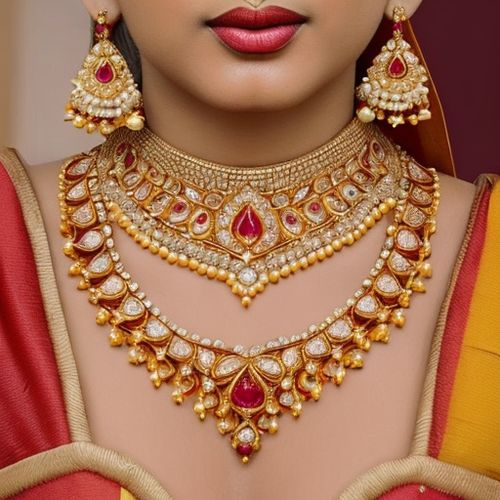
By Laura Wilson/Apr 28, 2025
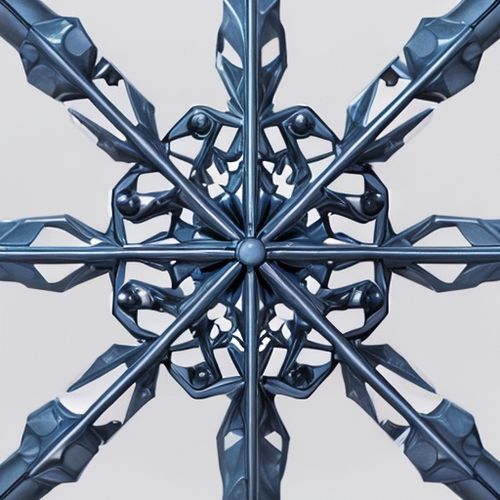
By Emily Johnson/Apr 28, 2025

By John Smith/Apr 28, 2025

By Thomas Roberts/Apr 28, 2025
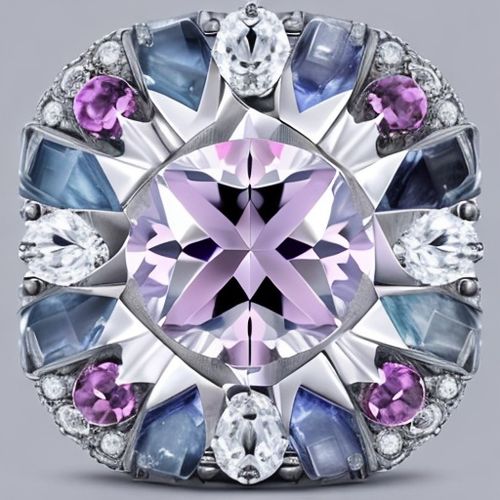
By Emma Thompson/Apr 28, 2025
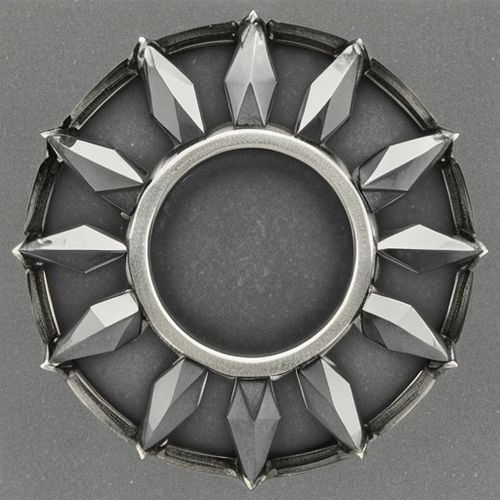
By John Smith/Apr 28, 2025
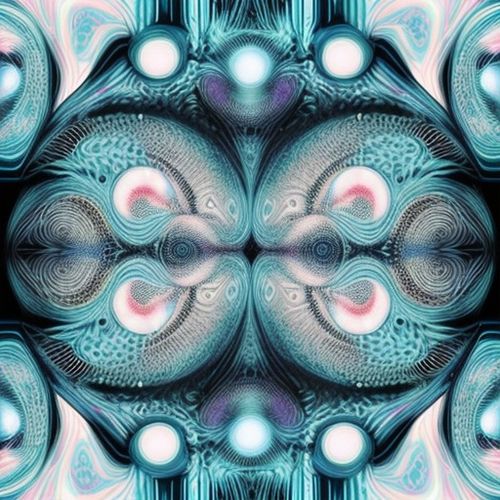
By David Anderson/Apr 28, 2025

By Olivia Reed/Apr 28, 2025
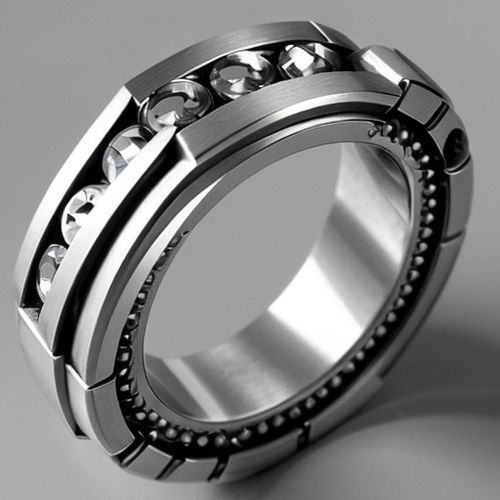
By Christopher Harris/Apr 28, 2025

By Emily Johnson/Apr 28, 2025
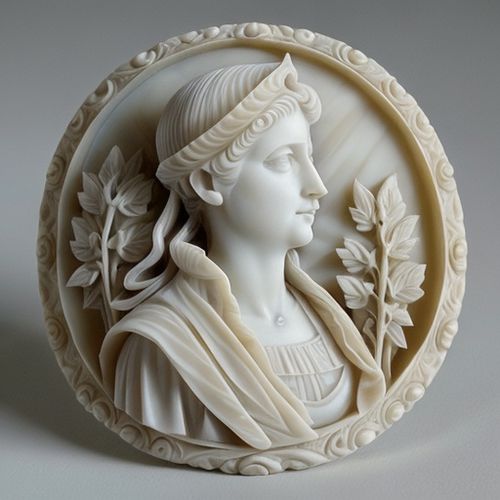
By Grace Cox/Apr 28, 2025